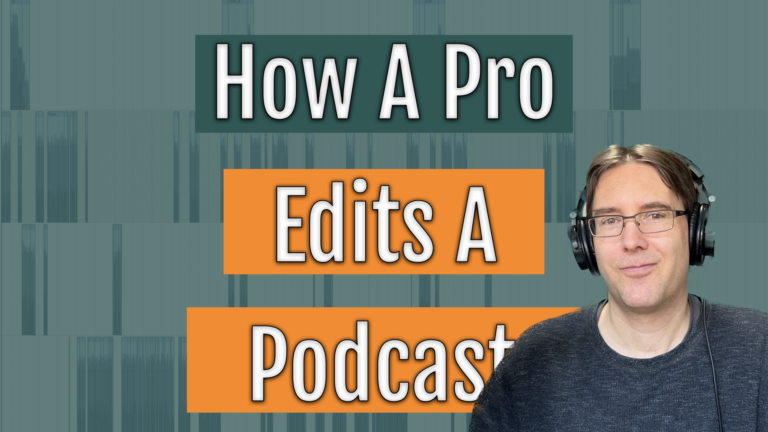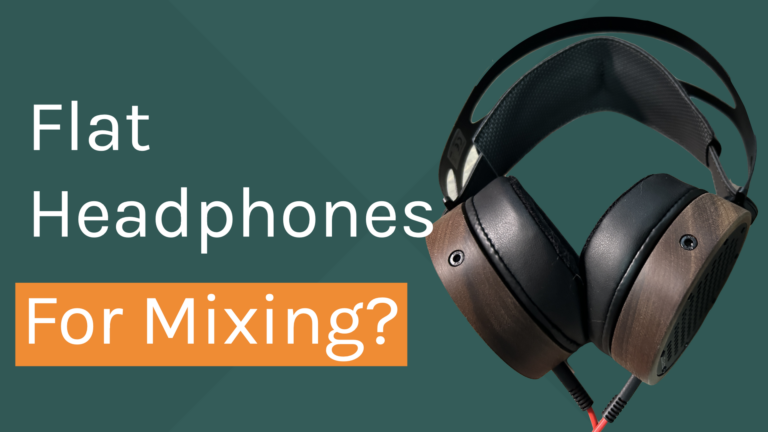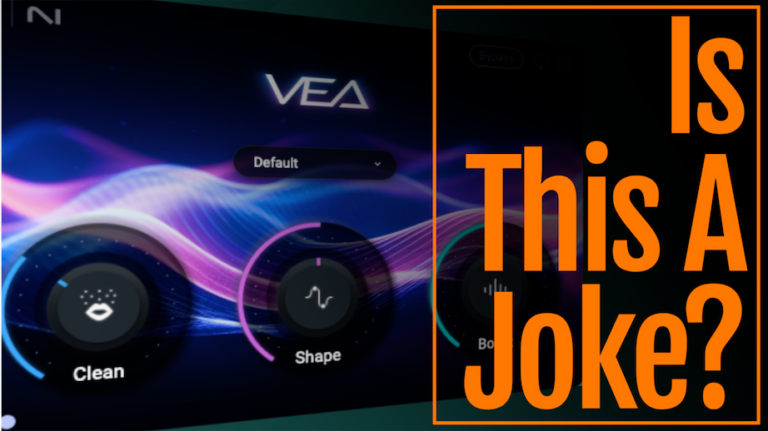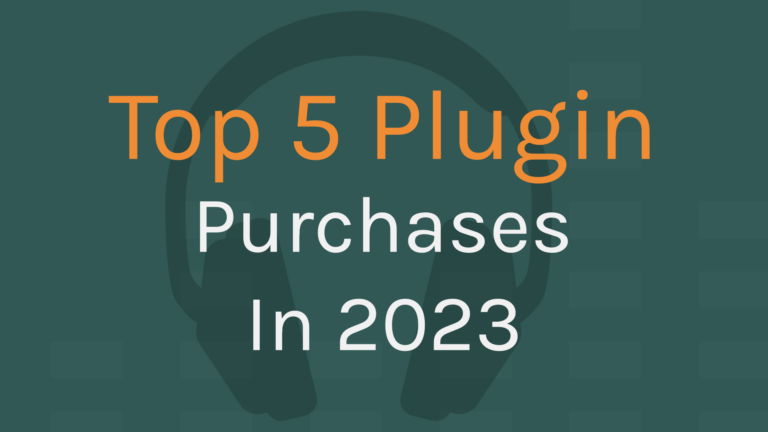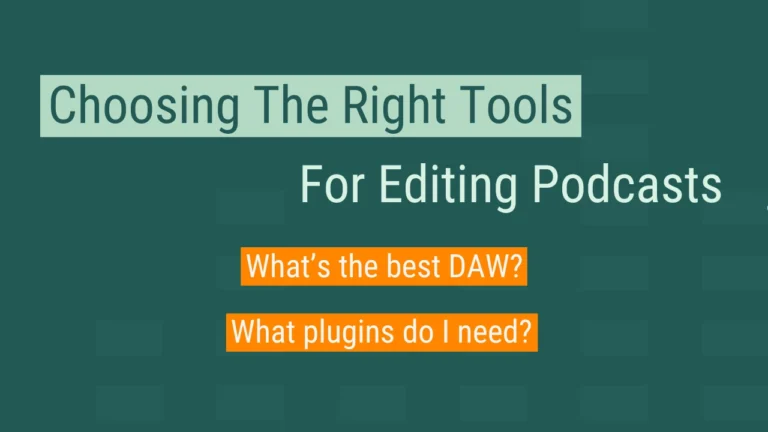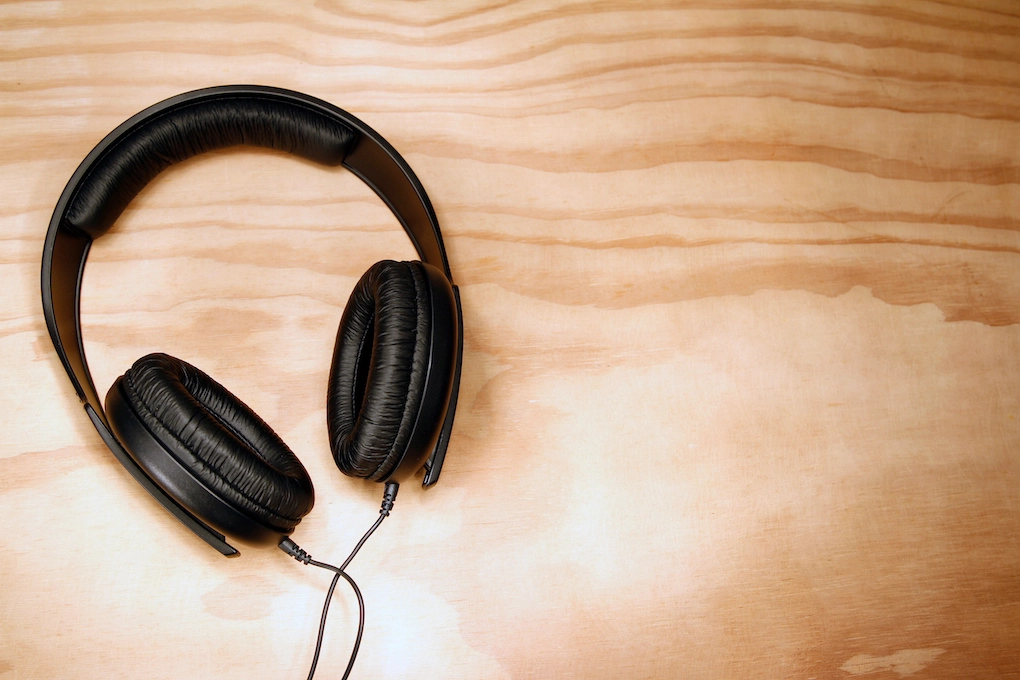
If you’re a podcaster, you know that editing is a crucial part of the process. And if you’re like many podcasters, you’re probably editing your episodes on headphones. But how do you ensure that your episodes sound great across all devices when you’re mixing on headphones? Let’s explore some tips and tricks for mixing podcasts on headphones to achieve a consistent sound.
Introduction
Podcasting is a growing industry, and for good reason. It’s a medium that allows for a more intimate and authentic connection between creators and listeners than traditional media. However, to create a successful podcast, you need to pay attention to the details, and that includes editing.
It’s common to edit podcasts on headphones. But, as we’ll explore in this article, using headphones can pose some challenges when it comes to delivering a great listening experience for your audience.
Understanding Headphone Frequency Response
The first step in achieving a professional sound when mixing on headphones is understanding the frequency response of your headphones. Every pair of headphones has a unique frequency response, meaning that they will emphasize or de-emphasize certain frequencies. This can make it challenging to make accurate EQ decisions when mixing.
One way to get a sense of the frequency response of your headphones is to find a frequency response chart for your headphones. You can usually find these by Googling “Your headphone model frequency response” . These can help you identify any particular strengths or weaknesses in your headphones’ sound.
Reference Tracks: Are they necessary?
I have seen podcasters, and even editors, talk about using reference tracks. When mixing music, there is a lot of value in using reference tracks, but I don’t see any value in reference tracks for podcast mixing. One of the main reasons is because each person has a unique voice. There’s no point in trying to make my voice match the EQ curve of someone with a deeper voice.
The other reason is that there are so many popular shows with poorly mixed and produced audio, making it more difficult to know if the mixer behind this episode or that episode knows what they’re doing. I recently listened to a number of the top shows and found the audio quality varied considerably and that many shows are over-compressed and painful to listen to for extended lengths of time.
For these two reasons, I don’t recommend using reference tracks when mixing podcasts. We’ll discuss some other methods that can be used to ensure your mixes sound good and translate across playback devices.
Importance of Levels and EQ
When it comes to mixing podcasts on headphones, getting the levels and EQ right is crucial. Levels refer to the volume balance between different tracks, while EQ refers to the balance of frequencies in your audio.
One of the most common issues I hear when people mix using headphones is the balance between background music and dialog. The way small speakers compress the audio makes the music sound louder relative to the dialog than it does on car speakers. This means music that sounds like it’s at the right level on headphones might be too quiet on speakers and vice versa. You’ll want to keep this in mind when you’re checking your mixes on different systems, which we’ll get into shortly.
EQ is the process of adjusting the balance of frequencies in your audio. By using EQ, you can ensure that your podcast sounds good on all devices, from smartphones to high-end speakers. Going back to what we discussed about the frequency response of your headphones, EQ is probably the trickiest element when it comes to mixing with headphones because of how the headphones can color the audio.
For instance, if you’re mixing on Beats headphones, you might find the low end to be too prominent, so you apply a moderate EQ cut. This could actually be making the low end thinner because the headphones are boosting those frequencies, making them appear to be louder and more prominent than they already are.
The easiest way to avoid this is to use flat headphones. The best I have found are the Ollo Audio S4X and here’s a video review I did of them. They are the best headphones I have run used over the years. My experience with the S4X is very close to that of my Focal Twin monitors at a fraction of the price. If you don’t have the budget for really flat headphones like these, you have the option of using headphone correction software.
Benefits and Limitations of Headphone Correction Software
Headphone correction software is designed to correct for any inaccuracies in your headphones’ frequency response, which can help you make more informed EQ decisions when editing your audio. However, it’s important to keep in mind that headphone correction software is not a perfect solution, and different correction software can have different results.
When I was using my Audio Technica ATH-M50x headphones for mixing, I would use Sonarworks Sound ID when I would perform EQ work. Sound ID also provides a utility to spot check your mixes on emulations of other playback devices like earbuds and cars, making it a valuable utility when you’re mixing on headphones.
Ultimately, whether or not you use headphone correction software is a personal choice that depends on your editing process and preferences. It’s always a good idea to test your edited audio on a variety of devices to ensure it sounds good across the board.
Testing on Multiple Devices: The Final Step
Once you’ve edited your podcast on headphones, it’s important to test it on a variety of devices, including smartphones, laptops, and speakers. This will give you an idea of how your podcast sounds on different systems and help you make any necessary adjustments.
Testing on multiple devices is important because it helps you ensure that your audio is consistent across different listening environments. You may find that you need to make some minor adjustments to your EQ settings to ensure your podcast sounds good on all devices. Over time, you’ll start to become more familiar with the sound of your headphones and need to make fewer changes to make your mixes translate.
Avoiding Ear Fatigue: Tips for Safe and Effective Headphone Use
When mixing podcasts on headphones, it’s important to take breaks and avoid ear fatigue. Listening to audio on headphones for extended periods of time can be more fatiguing than listening on monitors, as headphones can place a greater strain on your ears, especially if you are monitoring too loudly.
To avoid ear fatigue, take regular breaks, listen at a moderate volume, and edit in a quiet place. Closed-back headphones can help reduce some noise from the outside world compared to open-back headphones, but I find open-back headphones to provide better results when mixing.
Conclusion
Mixing podcasts on headphones is common amongst podcast editors. I do all of my podcast editing and mixing with headphones, though I do check the mixes on my monitors. It’s important to keep in mind the unique challenges and limitations that come with this approach. By understanding the frequency response of your headphones, using reference tracks, getting the levels and EQ right, and testing on multiple devices, you can create podcasts that sound great on a variety of systems.

